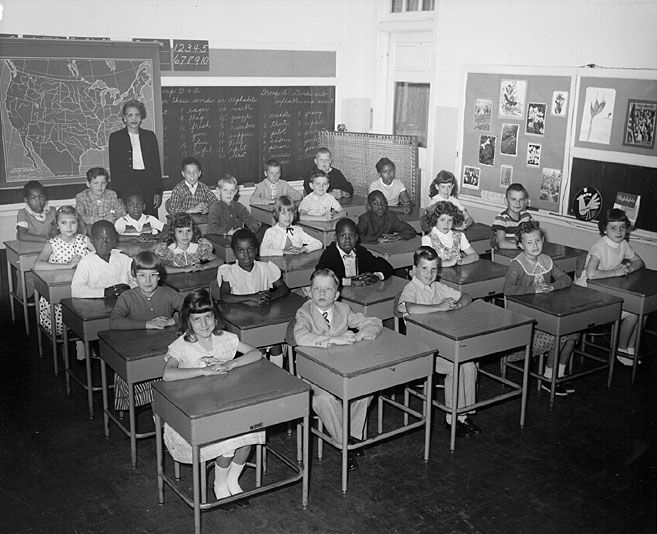Back in September Governor Murphy announced that all students would be back in school full-time, in-person and that parents “will not be enabled to broad scale opt their child out of in-person instruction as was allowed this school year.”
In doing so he ignored an opportunity to ask, “how can we more effectively educate children in our traditional school districts?”
The truth is we’re not doing a very good job and COVID has simply amplified problems that were there all along. Two examples: First, proficiency gaps between White/Asian students and Black/Brown students, higher-income and lower-income students, were always there but now they’re worse; according to JerseyCAN, nearly 2 out of every 5 students who were previously proficient in reading on state assessments are no longer on-track, and about 1 out of every 2 who were proficient in math in Spring 2019 are not meeting or exceeding expectations anymore. Second, Murphy’s Department of Education, indulging its destructive predilection for lowering expectations for students, has plunged the standards of a high school diploma from “ready for college and career” to “ready to graduate from high school.”
Perhaps that’s one reason why parents and educators are reconsidering remote instruction and wondering if this mode has something to offer. Covid and Murphy emissions aside, s
eat time (as students, parents, and teachers will tell you) is over-rated because it doesn’t equal learning. Murphy and his Department of Education are making a critical error that Democrats, especially those who define themselves as “progressive,” are making throughout the country: failing to listen to parents (and badly damaging the Party brand).
But maybe, just maybe, they’ll open their ears.
After all, according to a 2021 EducationNext poll, 48% of parents said elementary students should have remote learning options and 64% said the same for high school students. And a new report from the Center for Reinventing Public Education (CRPE), “COVID-19, Innovation and the Future of Learning,” shows that while low-income students, those with disabilities, and English Language Learners have suffered the highest degrees of learning loss (yesterday Jonathan Chait called it “irrecoverable”), other students thrived. CRPE analysts–who state right up front that virtual instruction is here to stay–document how many educators, students, and families “embraced digitalization” during pandemic closures because they discovered “learning can happen at any time, from anywhere, on any schedule.” The analysts continue,
How are school systems embracing these new insights? When we are no longer constrained by four classroom walls, how can schools use their very best teachers to reach more students—or provide coaching and mentorship to colleagues that vastly improves on existing professional development? Despite the many challenges with remote learning, school districts discovered potential that they hope to continue exploring. Of the nation’s school districts, 85 percent delivered a remote option during the 2020-21 school year. More than one in four plan to continue offering virtual schools in the future—a more than ninefold increase from before the pandemic.
CRPE makes a leap here that those in power, at least in New Jersey, are loath to take: that schools can, indeed, break free from the four walls with a teacher in the front and students lined up in rows envisioned by Horace Mann in the 1840’s. Instead, elected leaders and decision-makers are about as flexible as horseshoes, impervious to the pleas of parents and students who are desperate for education institutions to rethink an obsolete model.
What would that look like, especially in light of a survey by EdChoice and Morning Consult that found the majority of parents would, if given the choice, opt to keep their kids home one or two days a week? CRPE suggests “virtual day passes” for students who can’t attend in person and the creation of “hybrid homeschools” by districts that allow students to sign up for online classes, showing up in-person part-time. And we can learn from other public schools that successfully scaled up remote instruction in the early panic-stricken days of COVID-19:
The New York-based charter school network Success Academy designed virtual classrooms around particular teachers’ strengths. The best lecturer in a grade level or subject would deliver online lessons to large groups of students, while other teachers—those who excelled at the relational aspects of teaching— worked one-on-one with students who needed help, or helped field questions in online chats. This would have been hard to pull off in a giant lecture hall, but in a virtual classroom, it helped teachers find roles that matched their skillsets, and helped keep students engaged and supported.
Even as Omicron lessens its grip on the Garden State, some parents feel strongly that they’d prefer their children continue to learn at home, to have a menu of choices. “It’s not just the tired old public versus private debate,” said Andrew Campanella, a school choice advocate. “They want to be able to choose traditional public schools within their district and other districts, public sector schools like charter schools, magnet schools and online schools, as well as private schools and homeschooling.” Other states are listening, proving that innovation is possible. Now if only New Jersey decision-makers would listen too.
When Ss and families have options and information, they can pursue the choices that are personalized to their needs and provide the greatest flexibility to achieve each of their goals. Understand the future of #schoolchoice: https://t.co/yaHwrIOEKP @KareemFarah23 @TillieElvrum
— Future of School (@futureof_school) January 14, 2022



